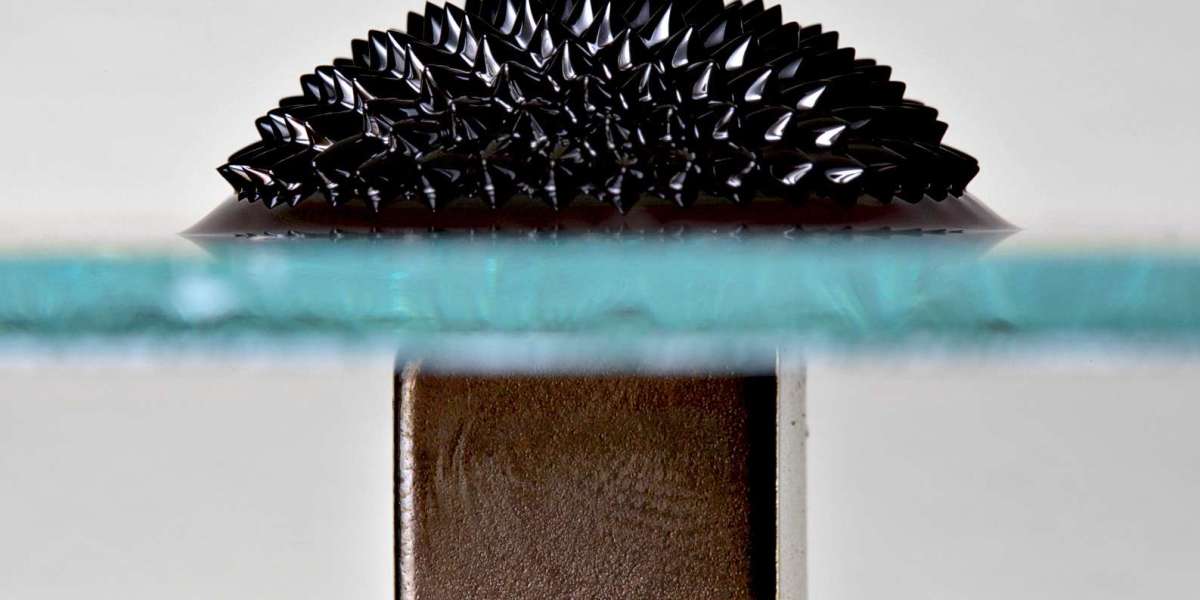article image source: wikipedia.org (Link)
India’s Ambitious Push Into Rare Earth Magnet Manufacturing
India has launched a major initiative to strengthen its position in the global rare earth magnets industry, approving a Rs72.8bn ($815mn) national scheme dedicated to boosting domestic production of sintered rare earth permanent magnets (REPMs). Announced on 26 November, the program marks one of the country’s most significant steps toward reducing dependence on imported advanced magnet materials.
advertisement
A Strategic Industry With High-Tech Importance
Rare earth permanent magnets are a critical component in many modern technologies. They power electric vehicle motors, enable wind turbine generators, and support electronics, defence systems, and aerospace applications. Given India’s rapidly expanding clean-energy and technology sectors, demand for high-performance magnets is expected to rise sharply—potentially doubling by 2030 from 2025 levels.
Yet despite having rare earth reserves, India currently relies heavily on imports for finished magnets. This new scheme aims to reverse that dependency by building a fully integrated domestic ecosystem.
Five Companies, 6,000 t/yr Production Capacity
The government’s plan envisions creating 6,000 tonnes per year of integrated REPM manufacturing capacity. This capacity will be distributed among five companies, chosen through a competitive bidding process, with each firm permitted up to 1,200 t/yr of production.
The program will run for seven years, including a two-year setup phase for facilities.
Incentives and Financial Structure
To accelerate industrial development, the scheme includes:
Rs64.5bn in sales-linked incentives over five years
Rs7.5bn in capital subsidies to establish advanced manufacturing units
These incentives aim to develop end-to-end capability—starting from converting rare earth oxides into metals, then turning those metals into alloys, and finally shaping them into finished magnets.
Strengthening Supply Chains and Supporting National Goals
By filling gaps in the production chain, India seeks to build a more resilient industrial base. The initiative is expected to encourage job creation, attract technology partnerships, and expand India’s presence in high-value global markets.
It also aligns with the country’s net zero 2070 ambitions. Rare earth magnets are indispensable for clean technologies, and a secure domestic supply could accelerate the transition to greener mobility and renewable energy systems.
Sources
Argus Media – India approves $815mn rare earth magnets scheme (https://www.argusmedia.com/en/news-and-insights/latest-market-news/2759174-india-approves-815mn-rare-earth-magnets-scheme)
Thank you !








